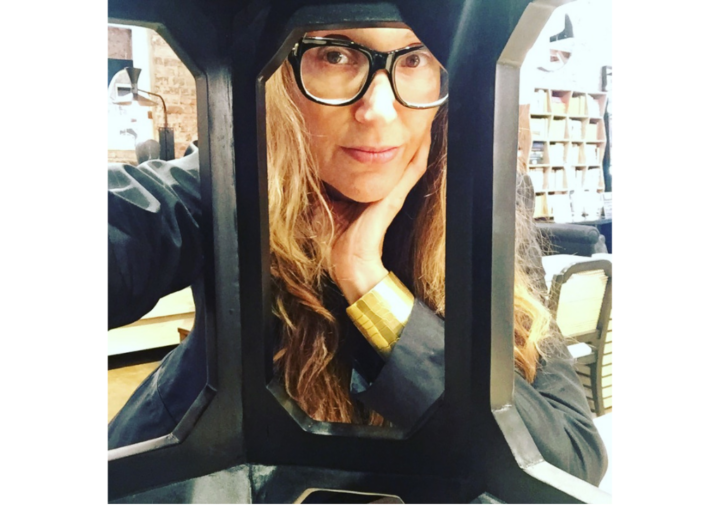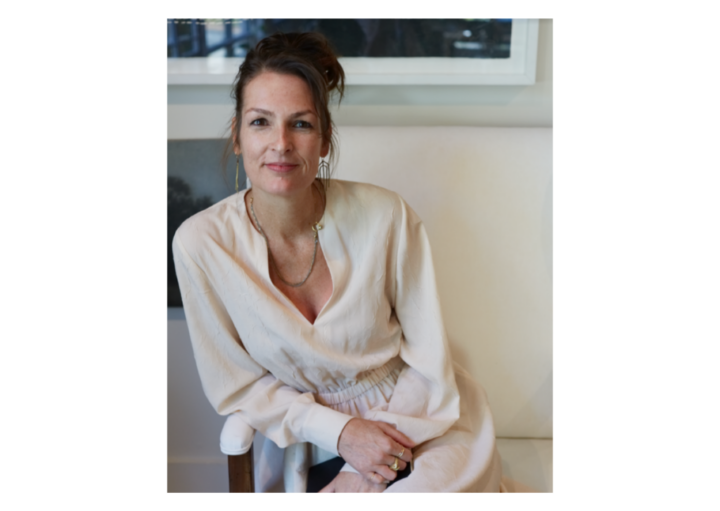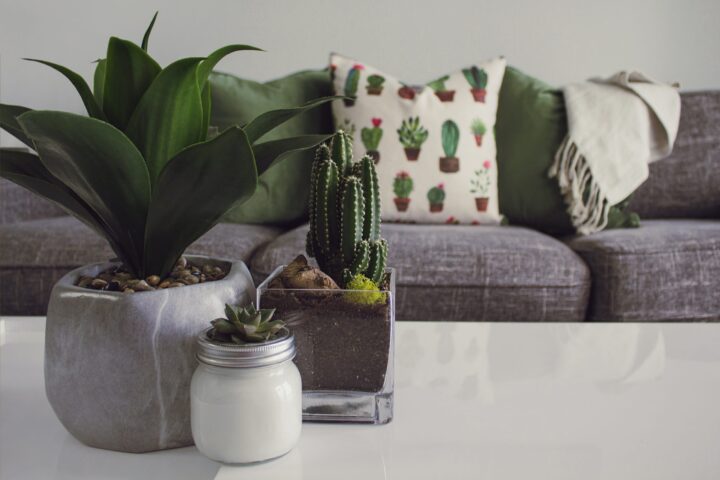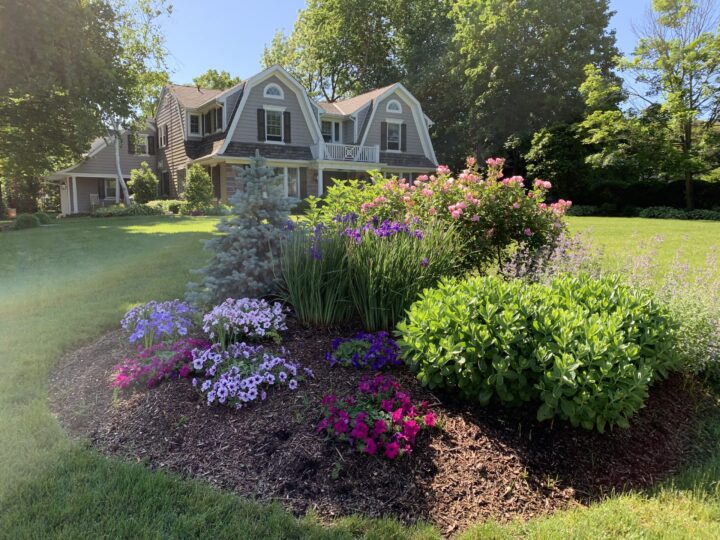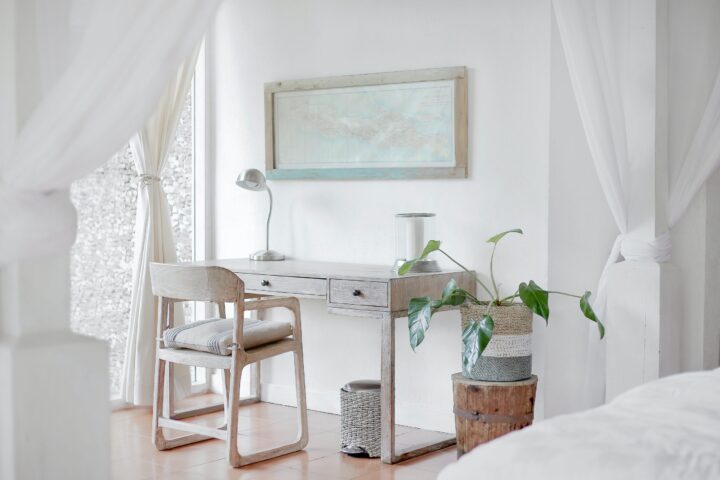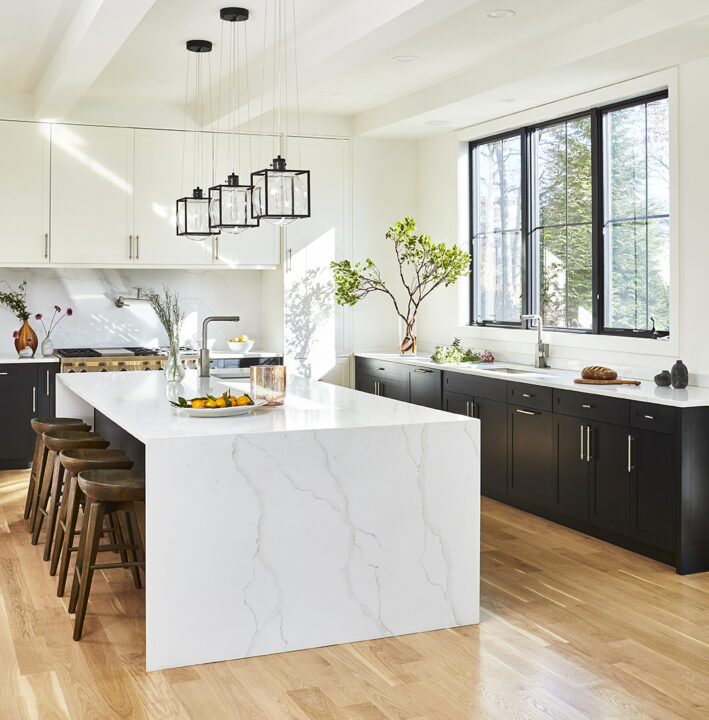
I am devoting today’s piece to one of my favorite subjects, which I suspect excites you, too—wellness in the home. This is a topic that is of course woven into every aspect of my work and my business here at Laurence Carr Design, but a newly released report by the Global Wellness Summit, The Future of Wellness 2020, has me buzzing. The findings are fascinating.
The Global Wellness Summit (GWS), if you are unfamiliar, is a group of spa and wellness industry leaders that was formed in the early 2000s, which has since grown to include internationally esteemed economists, futurists, academics, and CEOs of international corporations.
Every year, GWS members meet to discuss global wellness trends and the future of the $4.5 trillion wellness economy. The resulting forecast is unlike any other. Based on the perspectives of so many world-renowned experts, it offers a unique and powerfully informed set of global predictions on the demographic, cultural, and socioeconomic shifts that are likely to define our future.
Many of the global trends outlined for 2020 can clearly be evidenced inside the home, as we also see an increased interest in how wellness and technology blend to form a new kind of environment. Here are the ones I find particularly inspiring.
Circadian Health
As sleep-tracking technology has become more precise, so has our awareness of the importance of circadian rhythms to our health. Rather than focusing on generic sleep solutions, we see the wellness industry directing its attention toward innovations that work in conjunction with our circadian clocks, mostly through how we use light in our homes.
We have already seen an explosion of highly customizable lighting tools that can be controlled by voice or adjusted with an app. The GWS predicts that soon we’ll begin to see those technologies used to provide biodynamic lighting solutions that mimic the patterns of natural daylight, both in homes and hotels.
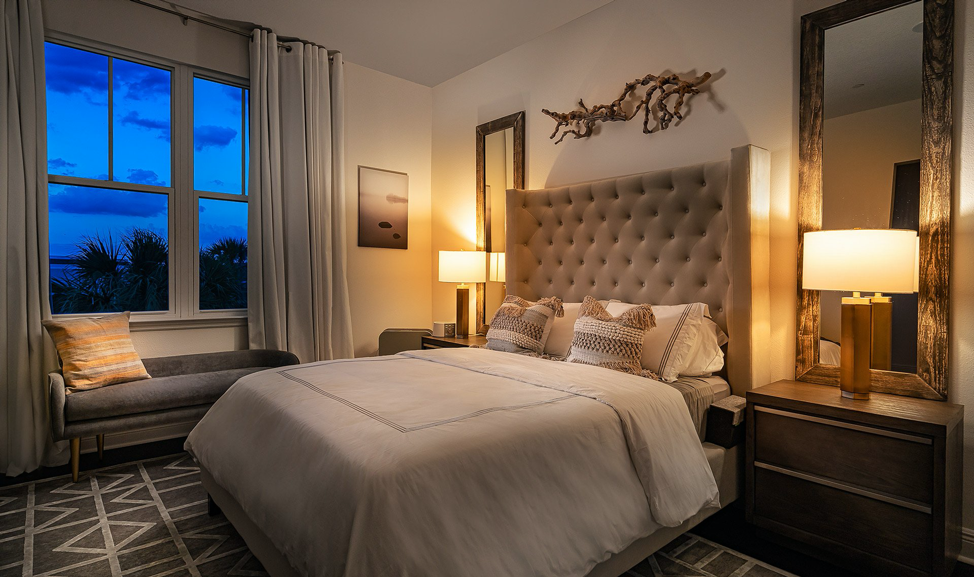
Healthe’s SunTrac light bulbs, for example, were developed by working with NASA scientists and use GPS to automatically simulate the arc of the sun, transitioning from blue light, which promotes productivity, to the warm light associated with sunset. On a smaller scale, Dyson also recently came out with a task lamp called “Lightcycle,” which actually adjusts its brightness and color according not only to the time of day, but also to the owner’s age and routine.
By pairing this new generation of technology with other luxe interior design elements such as motorized shades that automate according to the time of day, it’s now possible to create a home sanctuary that promotes true rest, relaxation, and health.
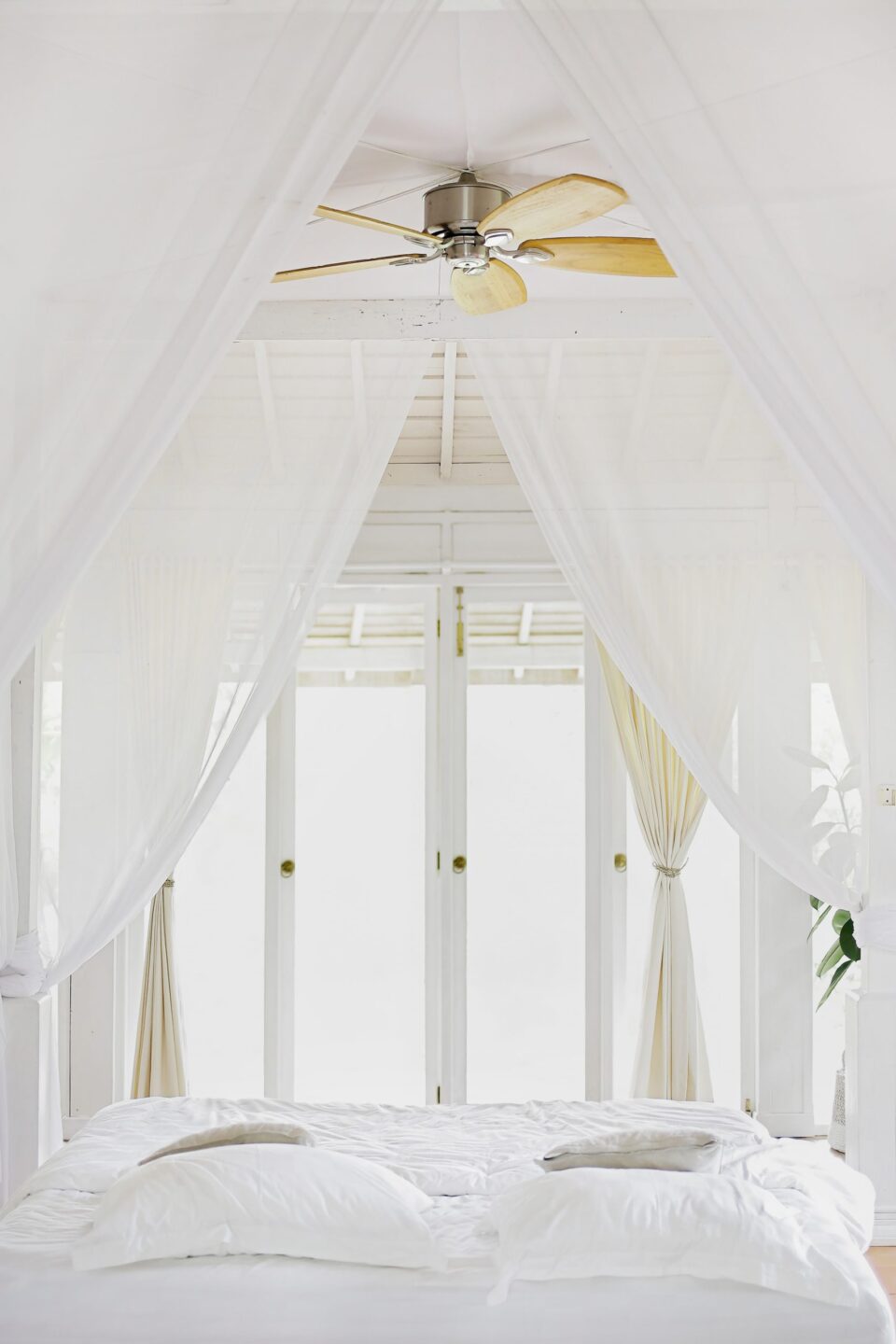
The Wellness Sabbatical
Digital offices have been on the rise for years, but they are now making room for an entirely new trend: “Wellness sabbaticals,” three-week (or more) escapes from conventional office environments, intended to help you reset and refocus on your health.
Whereas other kinds of wellness retreats ask you to leave your digital life behind (a request that in itself can surface additional stress for some), wellness sabbaticals welcome technology. They are not vacations so much as they are work-related retreats.
Unique spaces are emerging around the world that capitalize on this trend, combining co-working with co-living arrangements in a holistic environment. One month-long wellness sabbatical program based in Tel Aviv, Israel, called Gather, for example, invites remote workers to partake in a communal Kibbutz lifestyle during their stay. Other examples include Kamalaya, Rancho La Puerta, Original Travel, Outsite, Behere, The Remote Experience, Unsettled, The Nomad House, and CoWoLi.

But you don’t need to travel thousands of miles to recenter yourself away from traditional office culture. You also don’t have to work from home to reap some of the benefits such sabbaticals promote (as tempting as they are!). When your home is designed to exist symbiotically with your life, every day can feel like a retreat, with interior elements that put your wellness first.
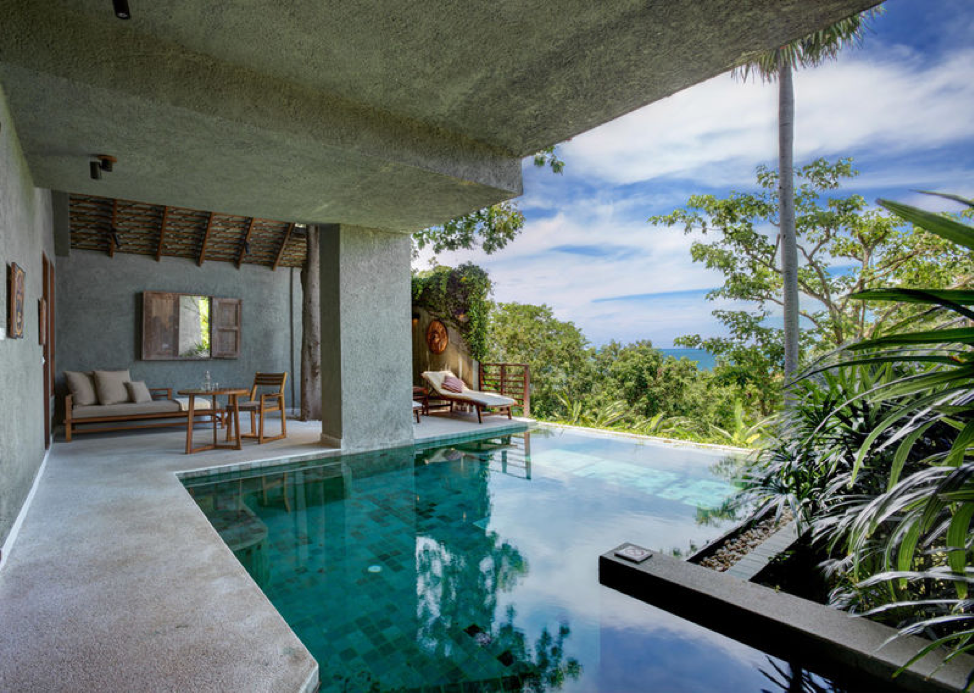
Energy Medicine
One of the most fascinating predictions for the future of wellness in the home is the rise of Pulse Electromagnetic Field Therapy (PEMF). In 2006, NASA scientist Dr. Thomas Goodwin discovered that tissues exposed to specific PEMF frequencies experience a 300 percent increase in the production of mitochondria, which determine aerobic capacity and restore tissue to a state of wellbeing.
Since that discovery, PEMF frequency healing has been used in wellness destinations as well as some hospitals to help ease pain and inflammation and promote healing. Now, devices are being produced that let you practice such treatments at home.
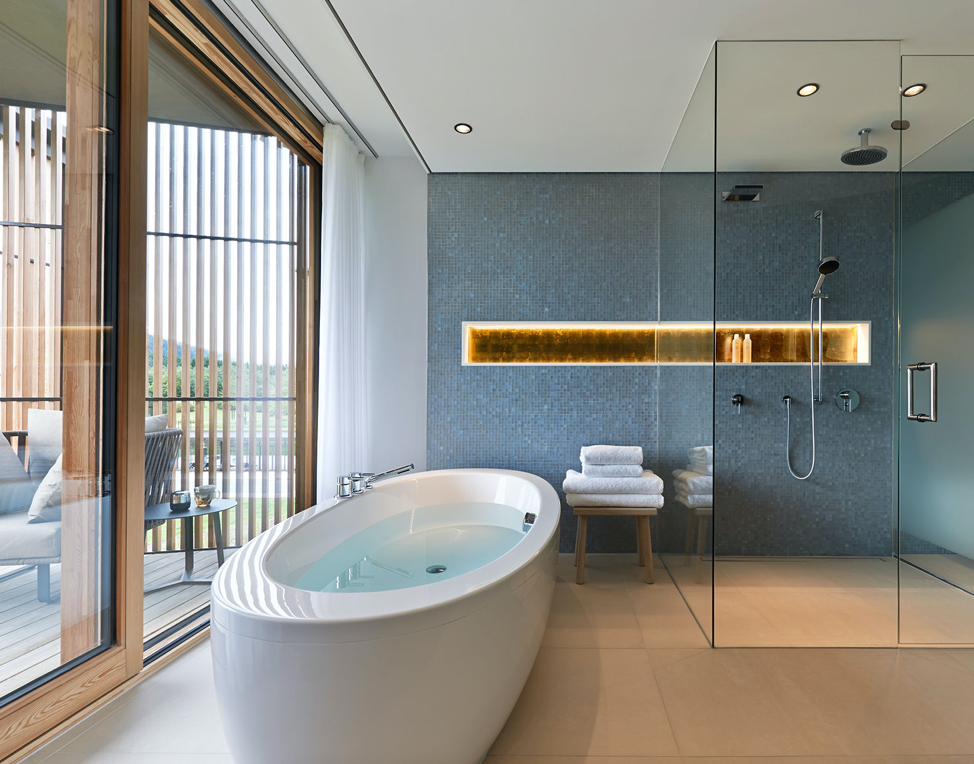
Beyond portable devices, though, a number of experts predict that PEMF technology will start being used in building design itself—not only to promote your health through positive frequencies, but protect it by blocking harmful ones. As architects and engineers design homes, workplaces, and cities for sustainability, they’ll also look for solutions that will shield residents from dangerous frequencies.
Some solutions are already being used by wellness resorts and designers. In Germany, rooms at Lanserhof Tegernsee and Villa Stephanie block electro-smog and Wi-Fi at the touch of a button. And in California, luxury homes by Troon Pacific feature shielded cables in bedroom walls to block electromagnetic fields as you sleep.
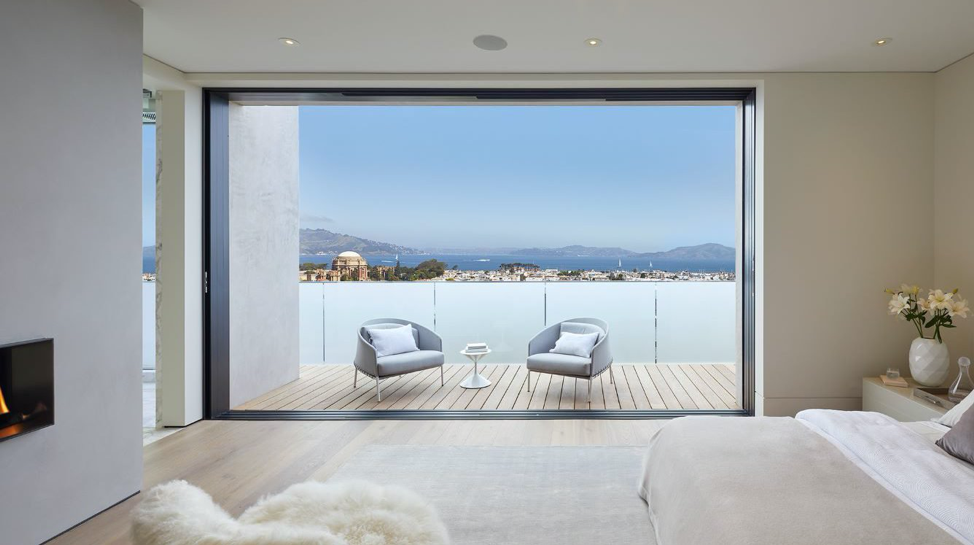
Wellness Through Music
Music is a primal force in our lives that since the beginning of human existence has helped us tell stories, relax, and commune with each other. Now we see it being used as an antidote to the stresses of our modern lifestyles, in which the average person spends a minimum of 6.5 hours per day looking at screens.
Wellness Through Music
Music is a primal force in our lives that since the beginning of human existence has helped us tell stories, relax, and commune with each other. Now we see it being used as an antidote to the stresses of our modern lifestyles, in which the average person spends a minimum of 6.5 hours per day looking at screens.
In a recent global survey by home audio company Sonos, about 75 percent of respondents reported that they listen to music to reduce stress, as well as to help them be more productive at work.
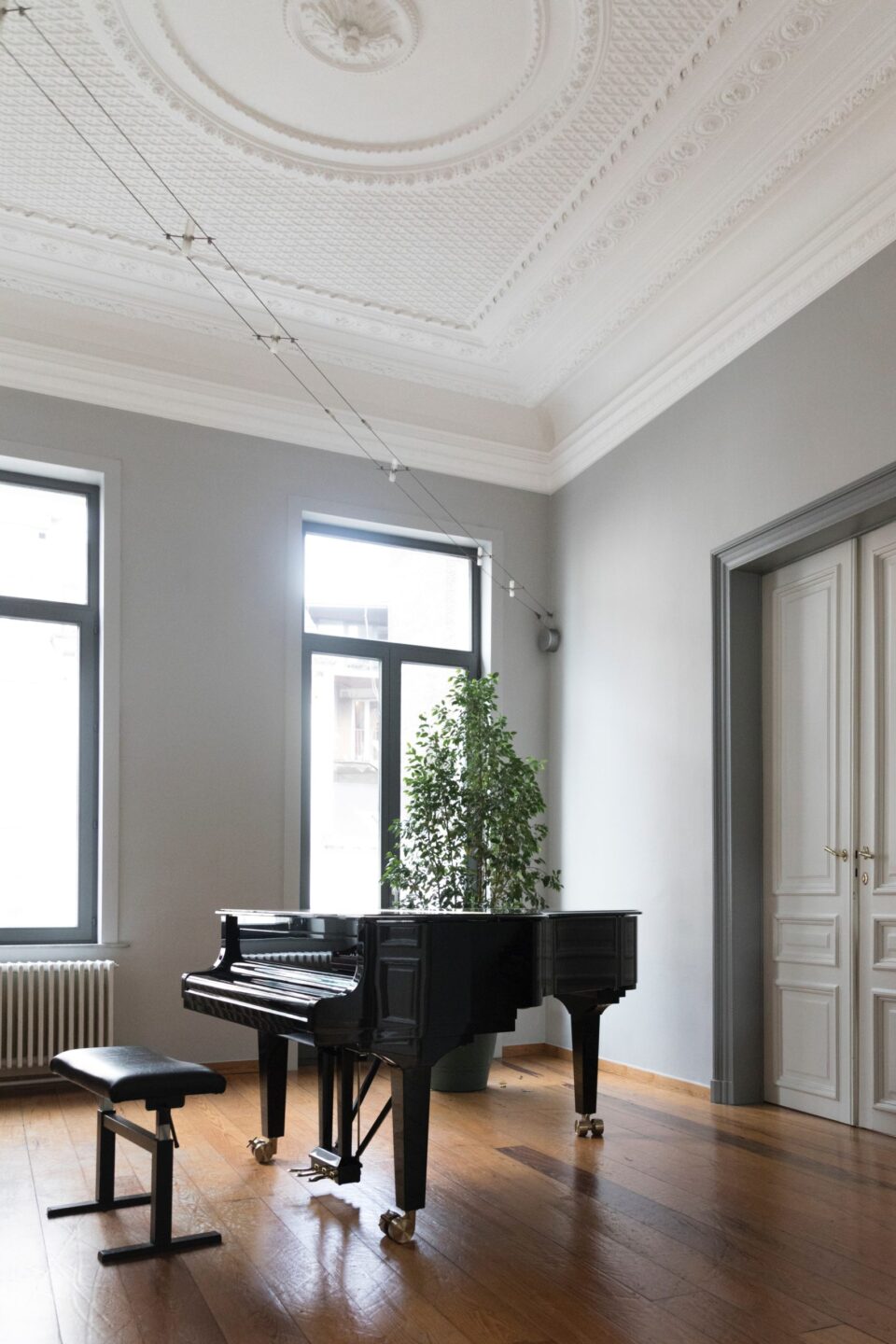
Architects and designers are adapting to this trend by creating everyday spaces centered on audio culture, including “listening bars” in cities like Tokyo and New York City as well as “listening rooms” in homes. Some experts predict that the latter will become “the new home theaters,” where people can choose to immerse themselves in soundscapes for energy, relaxation, or meditation anytime they choose.
Bringing these elements into your own home can have a profound impact on your state of mind and overall wellbeing. It’s details like these that elevate an average home environment to a true sanctuary, as well as a work of art.
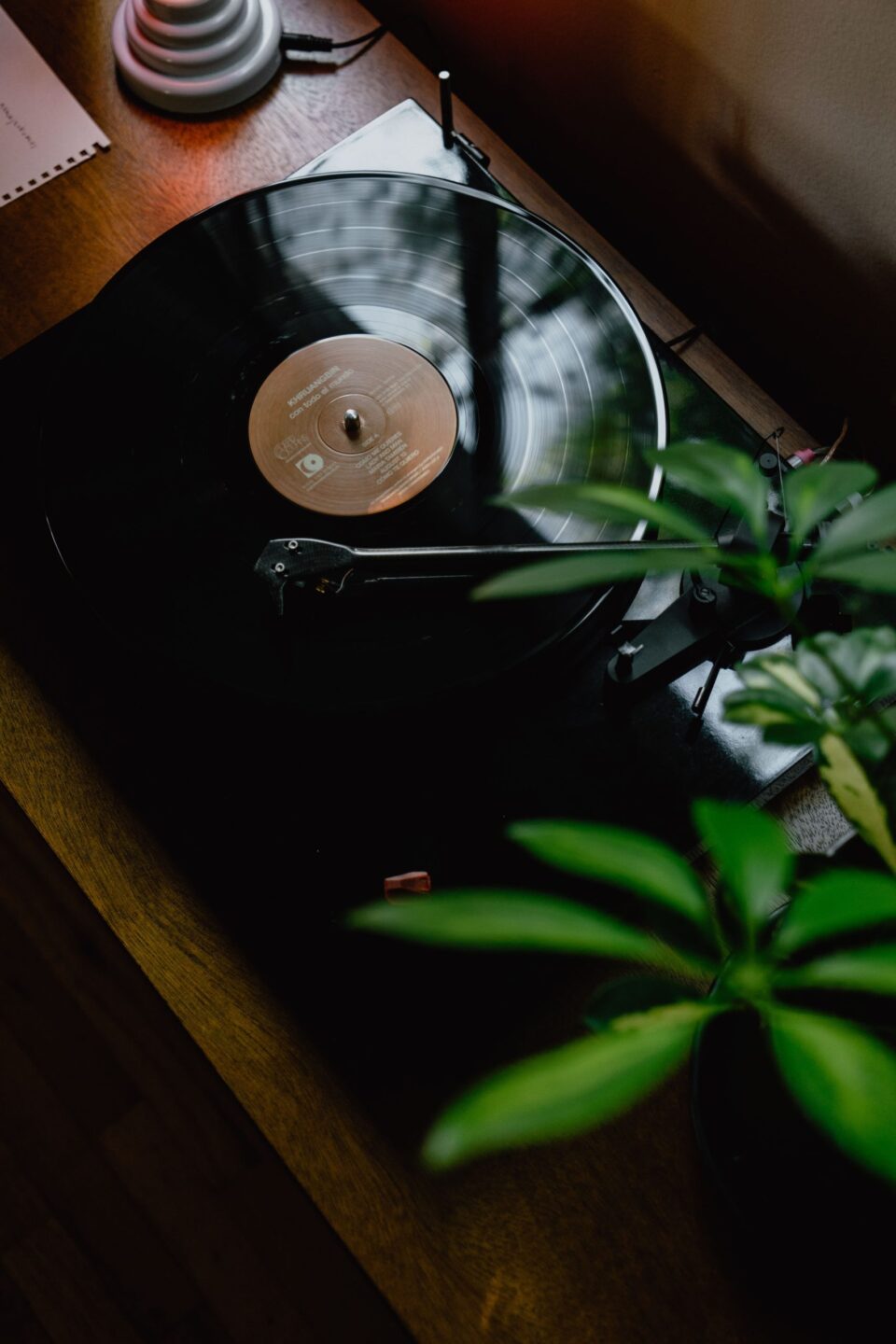
What I love so much about all of these trends is that they align so perfectly with our mission at Laurence Carr Design, which is to create beautiful spaces that are as healthy for your heart, mind, and body as they are for the planet. Just a few tweaks and additions in your home can help you to sleep better, feel more centered, wash away your stress, and even heal more quickly. It’s astounding what the right design can do.
